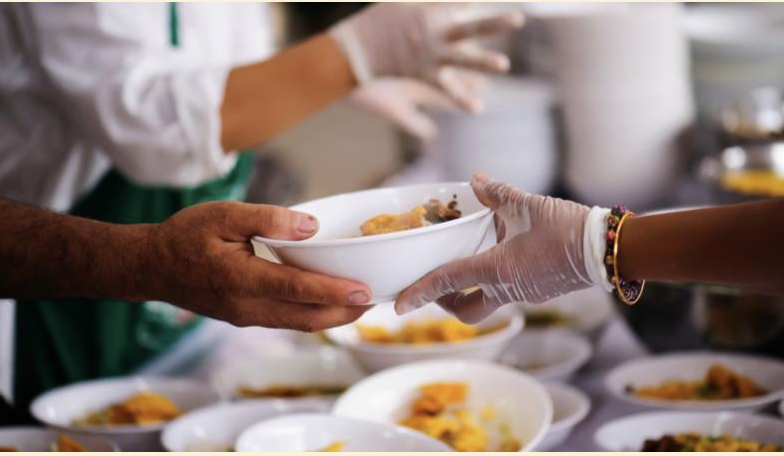When we think of world hunger, we often think of it as a problem that only affects countries of great distance, bearing little to no relevance to our daily lives. For example, in more than half of the countries in Africa, one in five people will end the day hungry. The World Food Programme reports that Afghanistan is to face its hungriest winter yet and Ukraine Black Sea grain countries are projected to experience an upcoming famine.
But Americans, too, go hungry, as over 30 million in the United States experience food insecurity in their day-to-day lives. This is a problem that has only been exacerbated after the Covid-19 pandemic and is even present right in front of us here in the Bay Area.
Silicon Valley is the prominent global center for technology and innovation, and home to trillion-dollar technology companies such as Google and Apple. It has been a source of great success and enormous wealth for the Bay Area as a whole. Despite this prosperity, many residents still suffer from food insecurity. A byproduct of the lucrative tech industry is that the cost of living in the Bay Area makes it very difficult to get by on a lower income. Incomes outside of the tech sector have not kept up with the cost of living, leading many people in the Bay Area to have insufficient access to food.
The USDA describes food insecurity as not having a reliable food source to maintain a healthy life and secure future meals. Food insecurity permeates throughout the many counties of the Bay Area. In fact, recently the San Francisco Chronicle detailed a 65% increase in the number of residents dealing with food insecurity, with more than 870,000 people in the area food insecure—a number that is greater than San Francisco’s total population. Local food banks in San Jose such as Second Harvest Food Bank are serving 500,000 people per month from all different walks of life, from workers to families and elders. In Alameda County, working residents do not qualify for government assistance because they earn “too much,” which is misleading. Although living in the Bay Area may come with high paychecks, the cost of living is equally as high. This consequently results in them having to make hard decisions between food and basic necessities of life.
Additionally, the recent pandemic has further caused major effects in the economy as food access gets scarcer and inflation hits a 40-year high. This rate is described by NBC News, stating that the price of a handful of common grocery items has increased by almost 40% compared to early 2020, the start of the pandemic. For those who were already struggling to make ends meet before the pandemic, this worsened after the inflation rise, forcing them to choose between paying rent or buying dinner.

Even though food insecurity seems like a large issue that can’t be solved, there are many ways that we can help. Simply volunteering or donating to local nonprofit organizations such as Second Harvest Food Bank or Loaves and Fishes can have a positive impact on those struggling to afford food in our community. Furthermore, there are statewide programs such as Feeding America, No Kid Hungry, and Action for Hunger that aim to tackle food insecurity on a broader scale. We can write to our state and Congressional delegates through Bread for the World to push them to act on this issue and move families out of hunger and poverty.

Food insecurity is not a problem isolated to distant lands; it is a large problem that is ever-present in our own community, and it is important to shine light on those who need a basic aspect of life. This struggle of many of those around us may seem difficult to solve, but if we ourselves help in little ways, by donating to an organization or sacrificing an hour of our day to distribute food boxes to people, then real change in our community and world can happen.


